Bee-Keeping Site 2
Hey everyone, folks that are familiar with Bee-keeping will know that these are Supered down hives. The Brood box only, ie one is not able to harvest honey from these as there is no excess, we super our hives down in the Winter months for 3 months odd.
Why the bottle hanging from the tree inverted? Sugar water, we will be feeding these lovely ladies for another 2 months, until spring~
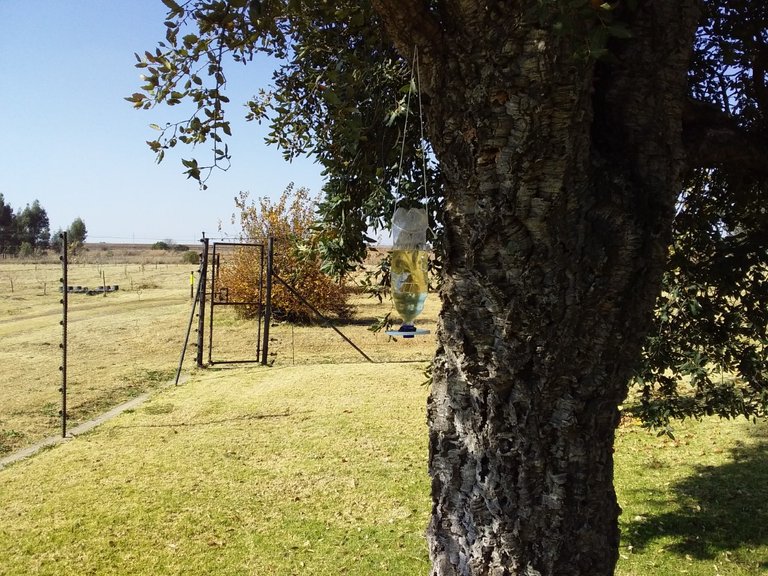
This site is around 20 kms from where I reside at my partners daughers house!
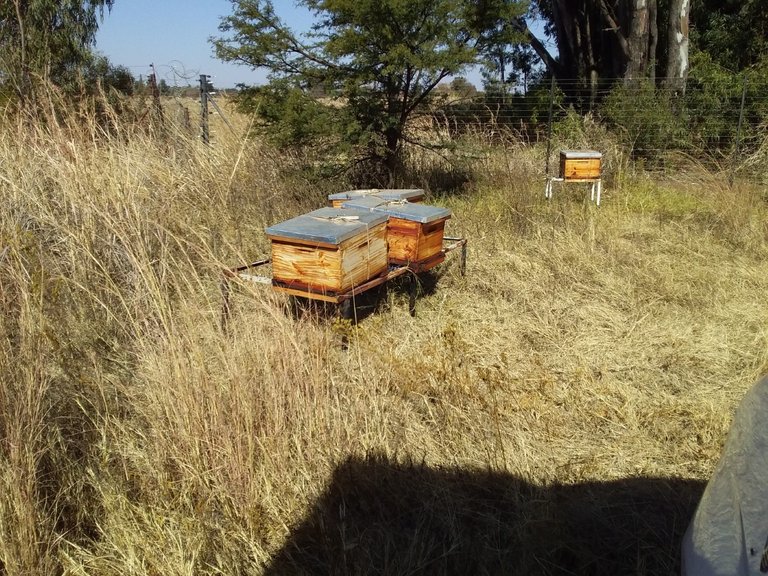
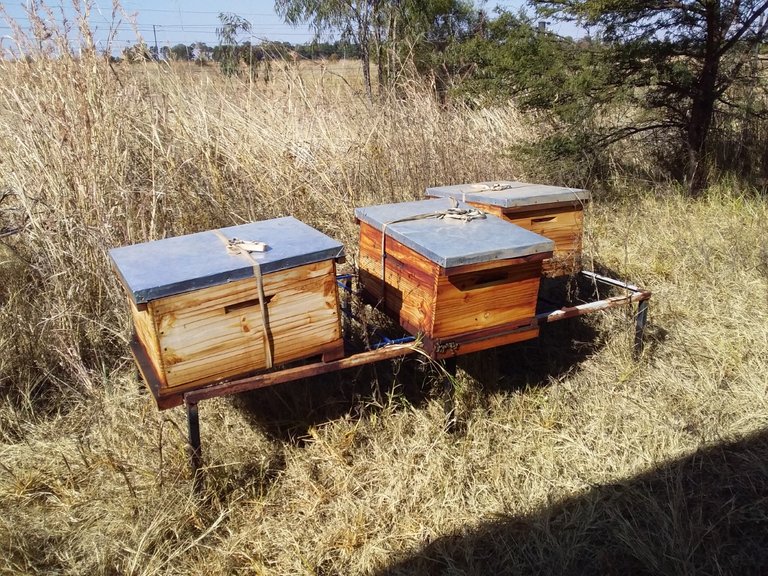
In modern beekeeping, a Langstroth hive is any vertically modular beehive that has the key features of vertically hung frames, a bottom board with entrance for the bees, boxes containing frames for brood and honey (the lowest box for the queen to lay eggs, and boxes above where honey may be stored) and an inner cover and top cap to provide weather protection.[1] In a Langstroth hive, the bees build honeycomb into frames, which can be moved with ease. The frames are designed to prevent bees from attaching honeycombs where they would either connect adjacent frames, or connect frames to the walls of the hive. The movable frames allow the beekeeper to manage the bees in a way which was formerly impossible.
The key innovation responsible for the hive's design was the discovery of bee space, a gap size of between 6–9 mm (1⁄4–3⁄8 in) in which bees would not build comb, nor would they close it with propolis.
Modern Langstroth hives have different dimensions from L. L. Langstroth's beehive that was originally patented in 1852 and manufactured until approximately 1920, but retain the main features of allowing bee space as well as easy access which works well for the bees but also makes management of the beehive easier for the beekeeper.
The standard beehive used in many parts of the world for beekeeping is based on the Langstroth hive. More here as per wikipedia.org: https://en.wikipedia.org/wiki/Langstroth_hive
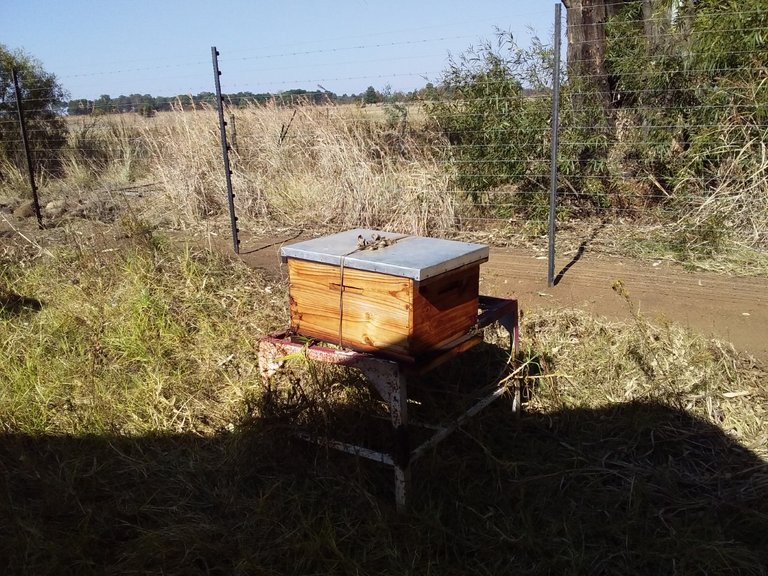
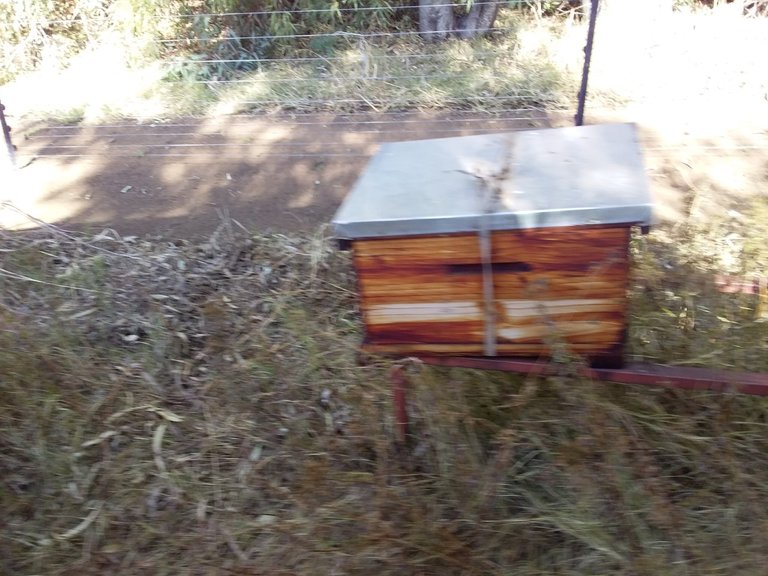
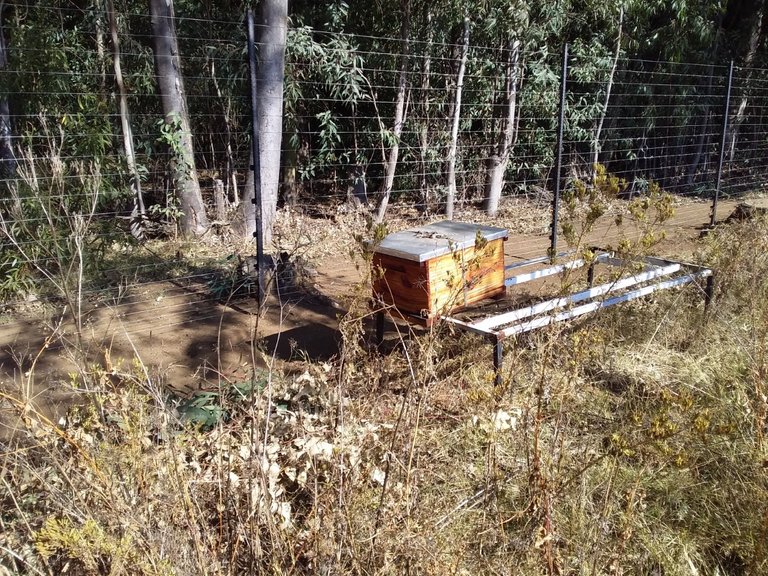
I research these amazing creatures regularly and know quiet alot about our local beees and their feeding habits, I came across this nice article on North American Bees and their foraging habits: The nectar resource in a given area depends on the kinds of flowering plants present and their blooming periods. Which kinds grow in an area depends on soil texture, soil pH, soil drainage, daily maximum and minimum temperatures, precipitation, extreme minimum winter temperature, and growing degree days. The plants listed below grow in USDA Hardiness zone 5. A good predictor for when a plant will bloom and produce nectar is a calculation of the growing degree days. Hopkins' Bioclimatic Law states that in North America east of the Rockies, a 130 m (400-foot) increase in elevation, a 4° change in latitude north (444.48 km), or a 10° change in longitude east (two thirds of a time zone) will cause a biological event to occur four days later in the spring or four days earlier in the fall.[1] In botany, the term phenology refers to the timing of flower emergence, sequence of bloom, fruiting, and leaf drop in autumn.
The classification in major or minor nectar source is very dependent on the agricultural use of the land. An agricultural crop such as canola or alfalfa may be a major or minor source depending on local plantings. Generally, the more diverse a forage area is, the better for a stationary apiary. Urban, suburban and areas not under cultivation provide more consistent warm-season nectar forage than areas that are heavily cultivated with only a few agricultural crops. The nectar sources from large cultivated fields of blooming apples, cherries, canola, melons, sunflowers, clover etc. benefit a bee keeper who is willing to travel with his hives throughout the season.
Apricot flowers? We have a few Tree's here on the property, quiet excited for spring. More here as per wikipedia: https://en.wikipedia.org/wiki/List_of_Northern_American_nectar_sources_for_honey_bees
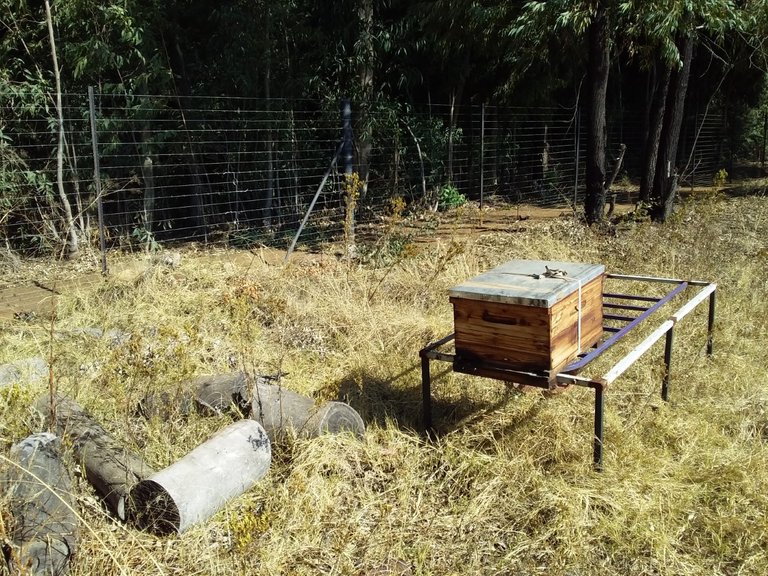
Nature the incredible!
Have an amazing Thursday, love and light as always and be blessed!
Cheer$;)
!discovery 30
Thanks a mil!
This post was shared and voted inside the discord by the curators team of discovery-it
Join our community! hive-193212
Discovery-it is also a Witness, vote for us here
Magic thanks a ton brother loving it. Cheer$;)
Think I learned something about a bees. You hang sugar water to feed them when there are fewer flowers for them to feed on?
A couple years ago I recall the strange phenomenon of finding dozens of bees spending their dying breaths drinking rancid water runoff made by my fresh compost. By the end of the day, they would be drowning in it. I am guessing the sugar content of the rotten fruit is so valuable to a famished bee, that is why bees swarm to it in the late season. Is this something you have knowledge about?
Hey brother ye much like all living creatures they need sustainence, in dearth times always put up water as well as a cooked mixture of 1:1 white sugar and water slow boiled (not burned) for about 15 mins, even folks as non bee-keepers should dot it I feel as they are everywhere generally and need all our help as you know 5g pesticides etc playing havoc to their colonies. Thanks for poppin in. Be blessed. Cheer$;)